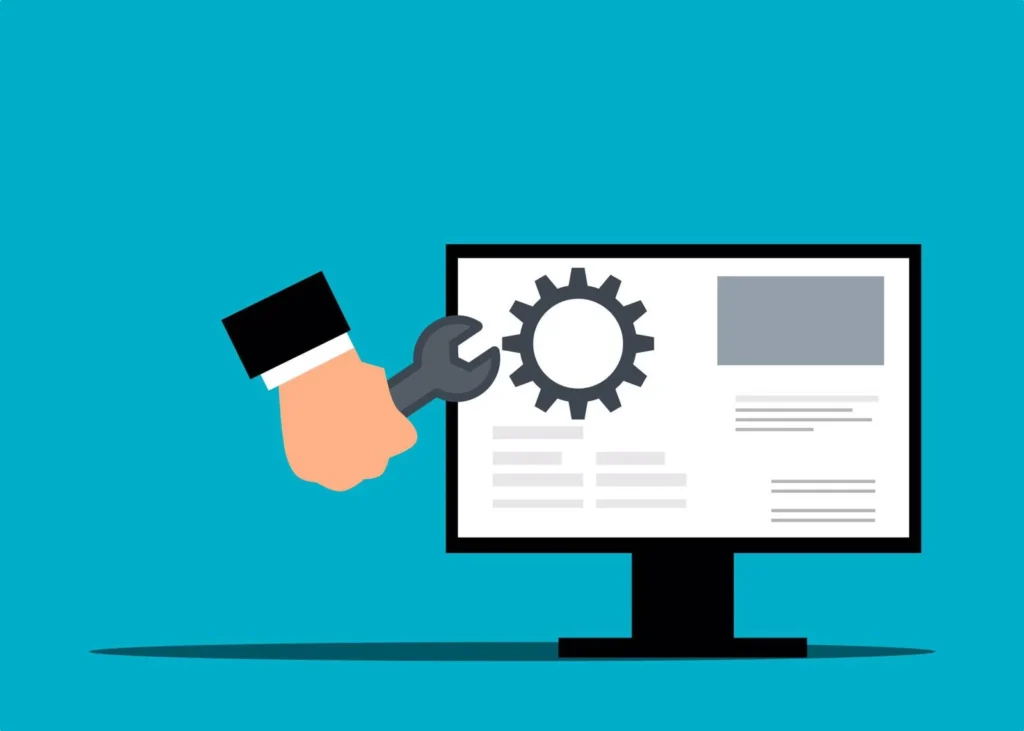Have you ever wondered how some websites manage to stay online without a hitch? The secret lies in effective website hosting and maintenance. Keeping your website up and running is crucial for maintaining visitor trust and achieving your business goals.
In this blog post, you’ll learn effective tips to ensure your website remains operational and secure. By the end of this guide, you’ll understand how to maximize uptime, reduce disruptions, and ensure your systems run smoothly.
We’ll cover best practices, common pitfalls, and practical tips to help you maintain optimal performance. Read on!
Choosing the Right Hosting Provider
A reliable website starts with a good hosting provider. Find one that promises high uptime and offers great support. They should be known for being reliable and having excellent customer service.
Look for features like backup solutions and security measures. It’s also good if they offer scalable options. Your hosting provider is crucial for your website’s performance.
Implementing a Website Maintenance Plan
A good website maintenance plan is very important. This plan should include regular updates and backups. Make sure to schedule these tasks so they happen regularly.
Regular maintenance stops small issues from becoming big problems. A good plan also makes your site faster and better. Having a checklist can help you stay organized and make sure you don’t miss anything.
Regular Security Checks
Security is a top priority for any website. Regular security checks can prevent attacks and protect your data. Use tools that scan for vulnerabilities and malicious activities.
Ensure your software and plugins are up to date. Consider a website maintenance package that includes security monitoring. Taking these steps can safeguard your site from potential threats.
Monitoring Website Performance
Keeping your website running well is important. Use simple tools to check how fast and reliable your site is. These tools can tell you if your site is down without warning.
Regularly look for broken links and slow pages. Fixing these problems quickly helps your site stay in good shape. Checking performance is a key part of taking care of your website.
Optimizing for Speed
A fast website enhances user experience and search engine rankings. Optimize images and use caching to improve load times. Decrease the use of heavy scripts and plugins.
Choose a hosting provider that supports speed optimization features. consistently test your site’s speed using online tools. WordPress website maintenance often includes speed optimization, which is beneficial.
Planning for Downtime
Despite best efforts, some downtime is inevitable. Plan for it to lessen its impact. Inform users in advance if your site will be down for maintenance.
Have a plan for handling unexpected outages. Ensure your hosting provider offers robust support during these times. Proper planning helps maintain user trust even during downtime.
Leveraging Professional Support Services
Professional website support services can really help. They bring skills and resources you might not have. These services can fix tough problems and do regular upkeep.
They also help in emergencies. Investing in professional support saves you time and stress. It’s a smart choice for keeping your website running well.
Maximizing Your Website’s Potential With Website Hosting and Maintenance
Effective website hosting and maintenance are crucial for maximizing uptime. You can keep your site running by choosing the right hosting provider, implementing a maintenance plan, and prioritizing security.
By analyzing performance metrics and fine-tuning speed, you ensure a smoother user experience and reduce the risk of downtime. These efforts contribute to maintaining high levels of user satisfaction and trust in your website.
Did you like this guide? Great! Browse our website for more tips!






